Art + Psychology Link Love
Your weekly digest of a niche of this astounding Substack writing community and some elaboration, connections, and hopefully community-building
See this post if you aren’t sure what this roundup is all about.
Reminder: I draw connections between what the writers are sharing and my understanding of how that relates to art + mental health but this doesn’t mean that the original writer intended that or agrees with it in full or part … I always encourage you to go read the full pieces whose snippets capture your attention here to find out what the writer’s piece intends and offers.
Grounding Us Before We Begin
This week’s grounding works come from
of in The amazing hippo, Griff:“I'm quite aware of the suffering in this world due to abuse, violence, poverty, injustice and inequality. I'm aware of the issues like climate change, the urgent need to strengthen democracy, human rights and civil rights. It is because I'm aware that I try to make - and share - a space for calm, kindness and lighthearted gentle whimsy. Peace and calm aren't once and done events. Like any skills peace and calm need to be practiced, daily, for mental health sake, for resiliency sake, for the sake of getting through hard times. This space to practice is what I try to create and give myself and others. Making time for calm moments within each day, no matter what the day holds, can feel indulgent, like a treat, but in turbulent times it's all the more essential.”
And a very similar sentiment in different words from
of in How To Find Joy When Everything Is Terrifying:“Everything is a lot everywhere all the time, but this last week has been a lot of a lot. I’m not going to rehash the news, that’s not what I do and I’m sure you’re sick of reading about all the catastrophes and terrifying stuff. I’m feeling physically ill just typing this, to be honest.
The last few days, it’s been especially hard to find joy. To see anything beyond doomscrolling and fear.
Where and how do we find anything positive, let alone joy, when everything feels beyond fucked? When we’re close to feeling completely, utterly hopeless? When we’re scared shitless?
It feels impossible sometimes. Pointless.
But it’s not - joy is not only possible, but necessary - that’s why we’re here.”
From the past week or so then …
Psychology and Creative Process
of shared Decoding the Universe
which is a poem and then a description of the inspiration for and process of creating the poem which begins with this:
“What does a person who doesn’t mess with social media do with all their free time??? Why, write poetry while watching NOVA specials on PBS, of course!
Honestly, this is what I like to do to de-stim and turn my brain “off” at the end of the day— which is to say, turn my brain sideways for a little while to see where it ends up…”
of in Being Good isn't the Point:
“I once had a painting date with a friend of mine more naturally adept at painting than me. Due to her perfectionism, she rarely paints. When she does paint, every brush stroke coincides with an agonizing moan. This energy is distilled into the painting and reinforces her own insecurities about her art. My work during this session wasn’t technically any good, but she confessed that she envied my playfulness and freedom. Isn’t this the point of creativity—to be free?”
One of my favorite things about my annual gingerbread house making party is that all of the people who think that they aren’t artists show up and just have fun and make terrific designs and all of the artists who are often perfectionists in their work show up and don’t think of it as art so they also dive in and have messy fun.
Psychology and Creative Medium
From the 5 Questions interview with of :
“I love creating, but in grade- and middle school I was unhappy with my efforts. In high school I learned that when working with photography, I was capable. Previous attempts to draw, build, etc. left me frustrated and unfulfilled. But I immediately felt I could to a lot of things with a camera, and I greatly enjoyed both capturing and processing images. I’ve loved it then, and even more now.”
Sometimes the joy of creating is all about finding the thing that has the perfect balance of an activity you love and an activity you feel capable to do.
RELATED: From of in (New!) The Coolest Creative Jobs in 2024:
“I’m lucky to have found my passion for writing when I was in my early 20s, because do you know what my passion could have been???? I could have become one of those people who roams around cemeteries taking pictures for www.findagrave.com. NOT THAT THAT WOULDN’T BE AN ABSOLUTE BLAST. But, there are some passions that can be turned into a career, and other passions that can only be turned into a creepy dating profile.”
of in But I Can’t Draw:
shares about the difference between writing and drawing as it relates to the body and how a different approach to the newer medium might help. Here’s one snippet but go see the whole illustrated essay:
Psychology and Creative Productivity/Flow
of in I'd love to write a novel, but I don't have the time:
“I guess what I’m trying to say is this: wannabe writers ask me all the time how I schedule my day, sometimes adding sadly: “I’d love to write, but I just don’t have the time”. Honey, none of us has the time. Maybe if you are male, and Victorian, and have a wife and servants and lock yourself in the study for several months at a go, being served beef broth and occasional glasses of whisky, then sure. But for most of us writing is going to be a matter of determinedly squeezing it in somewhere between the online food shop and the trip to the podiatrist, at least if you want to have something of a life too. And what happens when you don’t have a life too is my cautionary tale for another time.”
Jojo shares a super relatable list of the things that happen in a day/week/month/life that take us away from our writing or art and how we have to choose to keep coming back to the work anyway.
of shared Mondays are always slow
“And just like that, Monday’s over.
I never get as much done as I’d hoped. The day flies by faster than expected. It happens so often I have a mantra now:
Mondays are always slow.
I’m trying to shed the guilt and self-blame I feel about this. I’m trying to embrace my slow Mondays for what they are — a necessary part of my weekly rhythm. I’ve always worked like this. I will probably always work like this. And that’s okay.
The work that needs to get done will still get done. My unfinished tasks will still be there tomorrow. The world won’t fall apart because I take it slow on Mondays.”
Robin describes a typical Monday and so much of it feels relatable to me and I think this is such a critical reminder that all of the little delays and organizing and lists and resting and whatever are all part of the process. Yes, sometimes they are procrastination, but sometimes they’re just what needs to happen so the other part of the work can happen.
of reminds us to Start with a blank piece of paper
and just begin …
“Nothing renders the writer or artist both paralysed by fear and galvanised by possibility as the blinking cursor, the unopened acrylics.
Too often, the former wins and we retreat, hide, take refuge from the daunting task of stitching something out of nothing, of entering the desert with no guarantee of rain.
But if the fears always won, what would we have? Bleached and flattened wood pulp, piled into stacks and sitting on shelves…waiting.”
RELATED: of in Does writing scare you?
“It’s completely normal for you to get scared when you have a new idea, or even when you interact with writing at all. However, the shift to make is to remind yourself this:
Fear doesn’t mean you’re doing something wrong.
Fear simply means you’re taking a risk. And writing involves risk. We have to be vulnerable, we have to try things out that might not work, and we have to put work out in the world that people might say mean things about.
But you knew this already and became a writer anyway.”
of in 01 Creating instead of consuming:
“I used to draw a lot when I was a child. But then life happened, and I stopped, circling in my melancholia that I had to suppress in me. One might say that’s the perfect recipe for art creation but for me, it was a devastating period of time. No writing, no painting, not even doodles on the pages of my university textbooks. Instead of art, my mind was focused on the dopamine intake and instant gratification from social media, scrolling through endless reels, shorts, tiktoks, or whatever you call it.”
As someone whose creativity has been completely stalled by depression at times, I relate to this numbing via the screen or scroll. Shoutout to
whose work inspired Romana P. and whose piece Escaping the Social Media Trap also relates this week.Psychology and Artistic Identity
From A Beautiful Interlude by of
about “a very exciting week for a group of 32 children I’ve been working with all year” and the creative role Gillian plays in that:
“For my part, the role is something like a combination of improv actor, weaver of threads and emotional support animal; like a sort of slow analogue version of AI who helps articulate creative dreams with paint and scissors and songs instead of digital data, over six months instead of six seconds. More simply, I’m just a neighbour, a mum of someone at school who happens to make books for my job and is happy to show you how.”
The work she’s doing also makes me think about how these children might develop self-confidence in their own artistic identity through this deep encouragement of the power of their visions.
(go to the post to watch the video of kids making art art if you want delight today)
Just love this from of in Why I Swapped Mainstream Publishing for Indie Publishing
“As an indie author, I love the feeling that I’m on the tip of the arrow, ahead of the curve, an instrument to disruption, it gladdens my anarchist heart. I love the agency, the sense that we, indie authors, are the vanguard of change. I love standing up with my indie book, knowing it’s as good as anything published by the mainstream, and daring the industries which orbit the publishing sun to tell me differently. I love throwing down the gauntlet knowing the tide is with me. I am one of the countless other literary fiction authors who’ve been given no choice but to go their own way, and I’m proud to be part of this movement to challenge the model that has sent so many others to the writing gallows, that has caused pens to be put down, manuscripts given up, great work to be lost.”
Psychology and Creative Business
of in The ONE thing you need to get right in Social Media Marketing to grow a large audience:
“I’m critical of the need to “show your private life” as a viable marketing method. From my perspective, it creates envy-based following more than anything else (not good for long term healthy relationships) and it definitely blurs the line between private and public, PLUS disrupts attempts to work-life balance more than anything.”
Elin elaborates on this in the article and shares an example of where she draws the boundaries around this for herself. I find all of her shares super relatable and offering that feeling of “I kind of know you,” so she’s still super authentic even with (because of?) these boundaries. It’s an interesting thing to think about for ourselves. We can share as much or as little as we want in our writing, our art, and on social media. Being in touch with what’s right for us is critical, I think.
of in Toward a "Local" Approach to Building a Business
which is about the shadow side of “scaling up,” which I think is something that many creative business people deal with trying to figure out.
“When a brand focuses on the attention of an audience over the attention of an individual, that brand may engage with more people, but it can't do so with the same precision it once did. An individual is a collection of specific needs, questions, desires, preferences, experiences, etc. No matter how careful the messaging or how clear the value proposition is, an audience will always contain variations that a brand (and its offer) can't account for.”
It’s good to get bigger if it realizes your dreams more and helps you make a more sustainable living but it’s also okay to stay small in your work.
RELATED: The Magic of Letter Writing by of by :
"At Foster, we often use letter writing as a tool to help unblock our writers. Something magical happens when you choose to write to one specific person, rather than trying to appease a larger audience. Writing to an amorphous audience can feel overwhelming and stifle creativity, whereas writing to a single person can feel intimate and generative.”
How Art Heals
shared Chapter 1 of The Synergy Game - A Journey From Death to Life which begins:
“I think writing literally saved my sanity. When I really thought I was losing it, when the unanswered questions just wouldn't stop whizzing around in my head, I would write about it.
By writing I would make sense of things, of my world that bore no resemblance to any world I'd ever been in before.”
So many of us write to know what we think/feel/want to do next.
of is offering ~NEW~ Magic Tops: Coming Next Tuesday!
which are a fun build-it-yourself custom clothing option that you might want to check out. Justice says:
“I believe deeply in the power of symbols, prayer, and in clothing as ritual. These magic tops are my way of creating a kind of “armor” for you to wear to remind you of your inherent goodness, worth, and beauty, not to mention to help you embrace the strength to allow your light to shine.”
RELATED: From in How I end my journaling entries:
“Let the last words of your practice be an anointing. Your final words are a spell. Wield them wisely.”
When Art Harms/ Hinders/ Is Complicated
in in Create, Keep, Destroy?
articulates a tension I’ve noticed several artists pondering lately:
“There’s a conundrum that I just can’t solve. I want fewer “things” and less “stuff,” and I want to consume less and create more. Yet even creating requires consumption (hello art supplies and lovely notebooks and pens that feel good to write with), and creating ultimately results in the production of a thing. No matter how beautiful, how wonderful, how inspiring that thing is, it adds to the accumulation.”
Anna’s piece discusses burning or discarding our work as well and the complex feelings people have about that.
I am loving essay series over at on 1960s literature which continues with On the Morning After The Sixties about Joan Didion
and my attention was captured by this section:
“Manson grew fixated on becoming a star, and made friends with members of the music industry. His band of followers became known as the Manson Family, mostly consisting of young women and girls aged between their late teens and early twenties, inspired by the sixties hippie mantra of “turn on, tune in, and drop out”. Manson used these young women to lure in male supporters, including well-known musicians, settling on a ranch in the San Fernando Valley. Some of the women have later reported that as Manson’s control grew more domineering, he forbade his followers from wearing glasses or carrying money, and often instructed them to take LSD whilst he lectured them on the probability of a race-war. His influence grew as he gained more celebrities to fund his life at the ranch.
It is reported that once Manson realised that his music connections were not going to forward his musical ambitions, he became angry, eventually convincing his ‘Family’ of followers that they must incite violence in the up-scale neighbourhoods of LA due to a bizarre connection he formed between The Beatles The White Album and the end of the world.”
I am, obviously, so fascinated by where art meets psychology in any individual brain. Had Manson received acclaim and adoration from a music career would the entire murder thing have been avoided or was that an inevitable aspect of him that would have emerged in some other form anyway? We can’t know, but I find the questions intriguing.
Art in Community
interviewed author and letterpress artist Claire Battershill
and I loved so much within this interview (about letterpress and feminist activism, about the slow and tactile process of handmaking books …) but was especially captured by this selection which reminds me of a therapist friend commenting that we need “connection before content” when we work in groups:
“Even if students are into crafts and like that kind of work, they haven't tried the specific obscure historical book making method or technique we're practicing together. Everyone therefore comes in with "beginner's mind" and I find that really helps students to build relationships with each other and trust each other in their other academic collaborations down the line. I've found it particularly helpful as a pre-cursor to generous, thoughtful, and empathetic peer feedback. Often the activities we do are also focused mostly on process rather than product (it's more important that we learn something about how the historical books were made than that we make exquisite objects ourselves - though taking lovely thing home can be a happy byproduct if it does happen). I feel like that lesson – that learning itself is a process and that growth and improvement is why we're all working together in this way – is really valuable to apply to other hard things like essay writing. Making process visible and valuing it for its own sake is one of the things I like best about teaching through craft.”
of shared Full heart, paint smeared fingers!
about teaching at a creative retreat:
“Seeing each creation, reading each person’s experience with the lesson, filled me with warm fuzzy feelings that have lasted all week!
And the creative immersion of watching and working along with some of the lessons that the other artists shared during the weekend retreat was just so satisfying, you know?
It’s so inspiring to watch how other artists approach their art. No matter how much experience one has, I think there is a lot that we can learn from watching how other artists work. And there’s certainly no better way to stay inspired and curious!”
We each create from our own unique experience but we are not alone in our creative work; we are connected with others who are also creating and sometimes coming together in one space to create alongside each other can be truly magical.
The Power of Experiencing Art
of in The Wild Iris Comic:
“If I have received anything from experiencing a poem crafted from Glück’s hands, it would be the fierce and complete embrace of devastation. The insistence that there is beauty, beauty, beauty everywhere.
Despite the grief? With the Grief. From the Grief. Through the Grief.”
What a beautiful idea, for one of the ways that art gives to us is by showing us how to embrace ALL the feelings including the devastation. This is an illustrated version of a Louise Glück poem; go see the whole thing for the real power!
RELATED to feeling all the feelings: From of in Living with Chronic Pain and Illness:
“Anger is normal, let it bring change, not destruction. Or emotions, even hard ones, These are our humanity. I wish shame wasn’t but it is. Only by feeling our feelings and exploring them, expressing them healthily can we move through them.”
in an interview over at shares in Connection, Understanding, and Ancient Stardust
the experience of reading as healing:
“At sixteen, a car accident left me immobile for months and books became an absolute lifeline. Beyond the physical challenges of a fractured back and neck, I had been struggling with an eating disorder. Healing was all I could focus on, so I turned to all sorts of self-help books to help me navigate and begin repairing a very fraught relationship with my body.”
And of in Two Days of Thoughts reminds us that watching movies can also be powerful:
“I haven’t written much lately, though I have felt a suppressed longing to do so. There’s little to say when you’re stuck in the cycle of your own insanity, when you know the next thought that will surface. The heart gives up and hides in the corner, like a neglected dog. But I watched The Unbearable Lightness of Being tonight, and it wrenched my soul open like a crowbar to a casket. The storyline of the film didn’t really matter. Rather, that movie rekindled my light because it showed me passion for two and a half hours, and I’d nearly forgotten what passion looks like. Cheeks wet with tears, I turned off the credits and remembered who I am, beneath all the thoughts that something is missing.”
Short Shares
A few more poignant passages that I felt moved to share:
From Broken by
of :“We tend to honour the mended and the whole, but that process of breakage is important in and of itself. Tripping and dropping, slipping and cracking, fracturing, smashing – these are all part of being alive and juggling with our fragility, humanity, mortality. We are perfect in our imperfections, whole in our brokenness. These times when things break apart and cause disruption, when we drop them and they shatter, or we find ourselves under the hammer of life's demands and pressures – these are the precious times.”
From #30secondsofcalm (2) by
of :“The days that have passed since have felt sadly worrying, they leave me with no words of comfort, only a feeling of restlessness, despair and many moments of fear for the future. Every year these storms become more violent, more damaging and more frequent. We have been left with sporadic power cuts, no internet, intermittent mobile connection and once again hours of paperwork in order to make claims to the insurance who may or may not pay out for damages. All of which has stolen time for walking and inspiration for writing.”
Shoutouts
Huge thanks to
for including me in this week’s Time Capsule. I love these posts and am thrilled that a THREADSTACK piece was included.And huge thanks to
of for sharing my guest post about my soulmate dog Katara in 5 Therapeutic Ways My Rescue Dog Improves My Life.A congrats to
and for the terrific success of their Kickstarter campaign for their new book How to Build a World Class Substack.What I Wrote This Week:
The work doesn’t continue if you don’t support it.





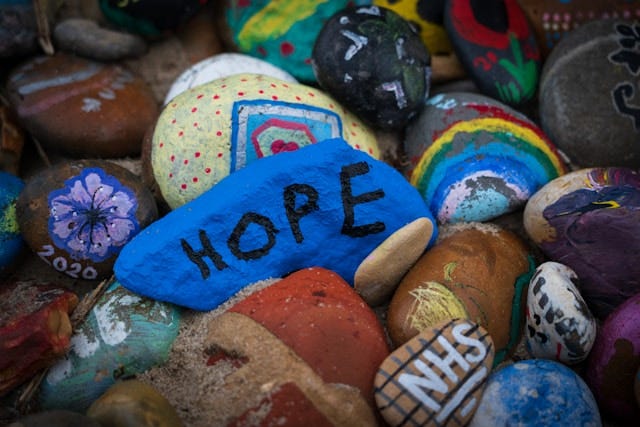

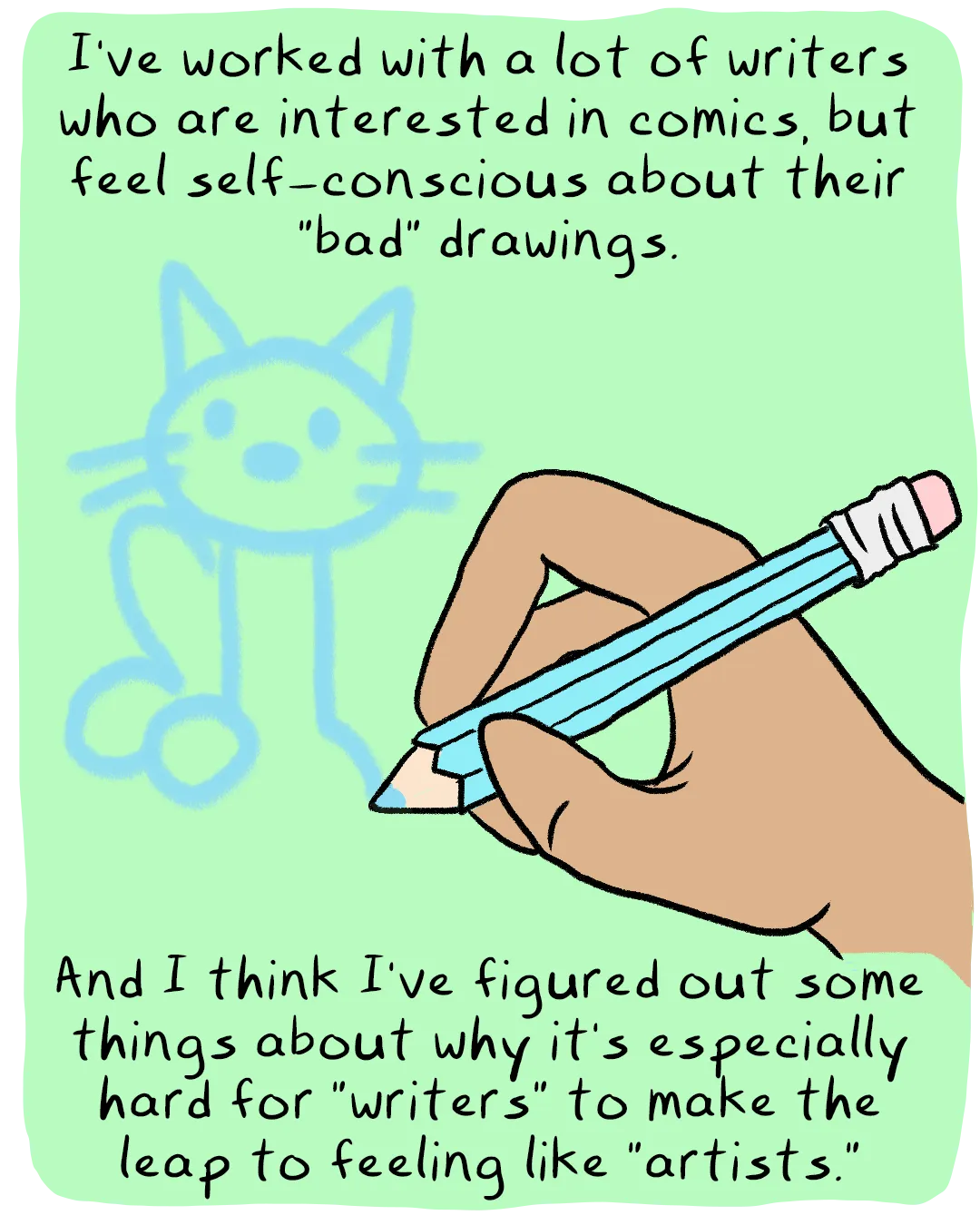
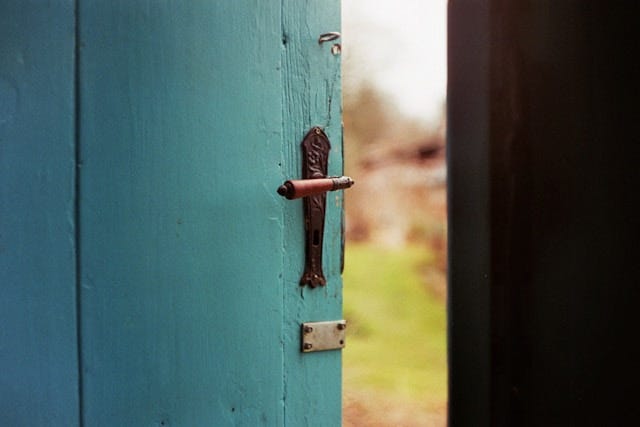
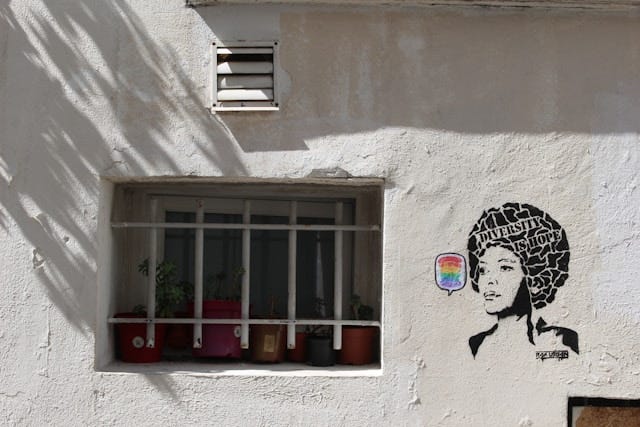

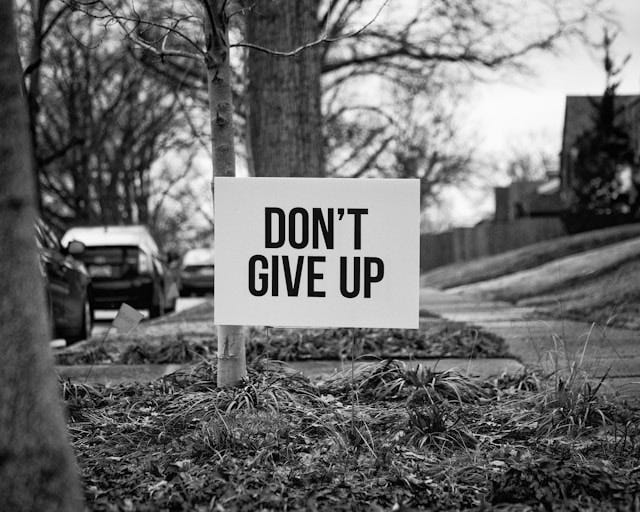
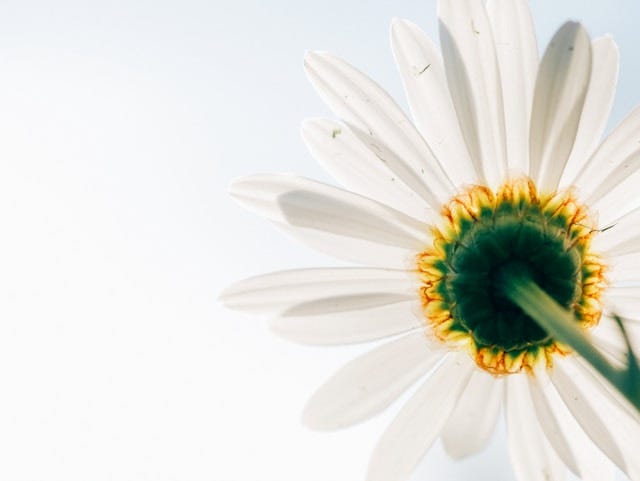

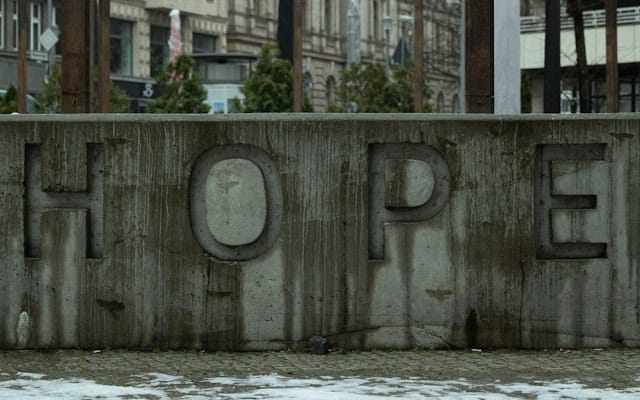
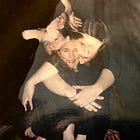




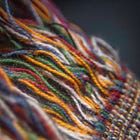

Thanks for mentioning our book Kathryn! Great round up - so much inspiration!
Hugely belated thanks for sharing my #30secondsofcalm in your amazing round up Kathryn… I am always so humbled to be mentioned and in awe of you (as well as many others) who find the time to do this… 🩵X